Features & Specifications
Haasoscope Pro:
- 2 analog input channels
- 50 Ohm (<1 pF) or 1 MOhm (10 pF) input impedance
- 2 GHz analog bandwidth at 50 Ohm, 500 MHz at 1 MOhm
- 3.2 GS/s for 1 channel or 1.6 GS/s for 2 channels, doubled to 6.4 GS/s with two synced Haasoscope Pro's
- 12 bits of real-time vertical resolution per sample
- Up to 40k samples per trigger, with adjustable trigger time offset
- 100 ps/div to 24 hour/div, for 10 div
- Max analog input of +-5V (50 Ohm) or +-3V (1 MOhm), +-50V or +-30V with x10 probe
- Sensitivity of 1.6 V/div down to 8 mV/div, for 10 div, in x1 mode
- Programmable AC or DC input coupling
- Programmable DC offsets per channel
- External trigger in and aux trigger out
- Multiple Haasoscope Pros can be connected for more channels or to oversample at 6.4 GS/s, with synchronized timing and triggers
- Standard set of triggers (rising / falling edge, time over threshold, etc.), customizable in firmware
- Qt-based python software interface for Windows/Mac/Linux
- Standard set of signal measurements in software
- 5 V 1.5 A USB Type-C powered (or using 12 V 1 A 2.1 mm barrel connector)
- Aluminum case with quiet 40 mm internal fan
- 220 x 165 x 35 mm (8.66 x 6.5 x 1.38 in), 0.9 kg (1.98 lbs)
Active Probe:
- DC - 2 GHz analog bandwidth
- Flat response from DC -1 GHz within 0.3 dB
- 1 MOhm input resistance
- 1.1 pF input capacitance
- 100 Ohm minimum impedance, near 1.6 GHz
- x10 probe attenuation, input voltage range +-30V
- 50 Ohm SMA output, 1m cable
- 12 V power at ~80 mA, via 2.1 mm barrel connector, or 5V 200 mA USB using included cable
 haas
haas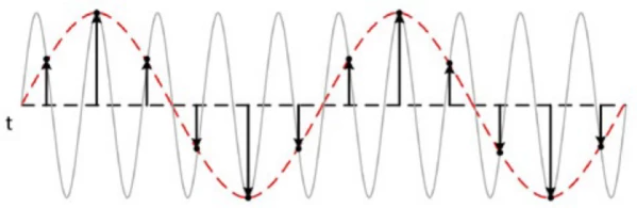
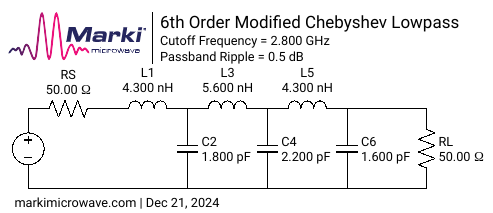
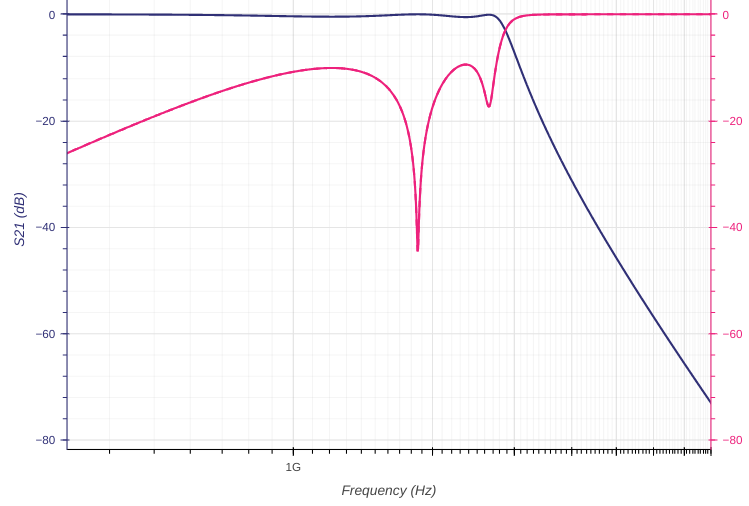
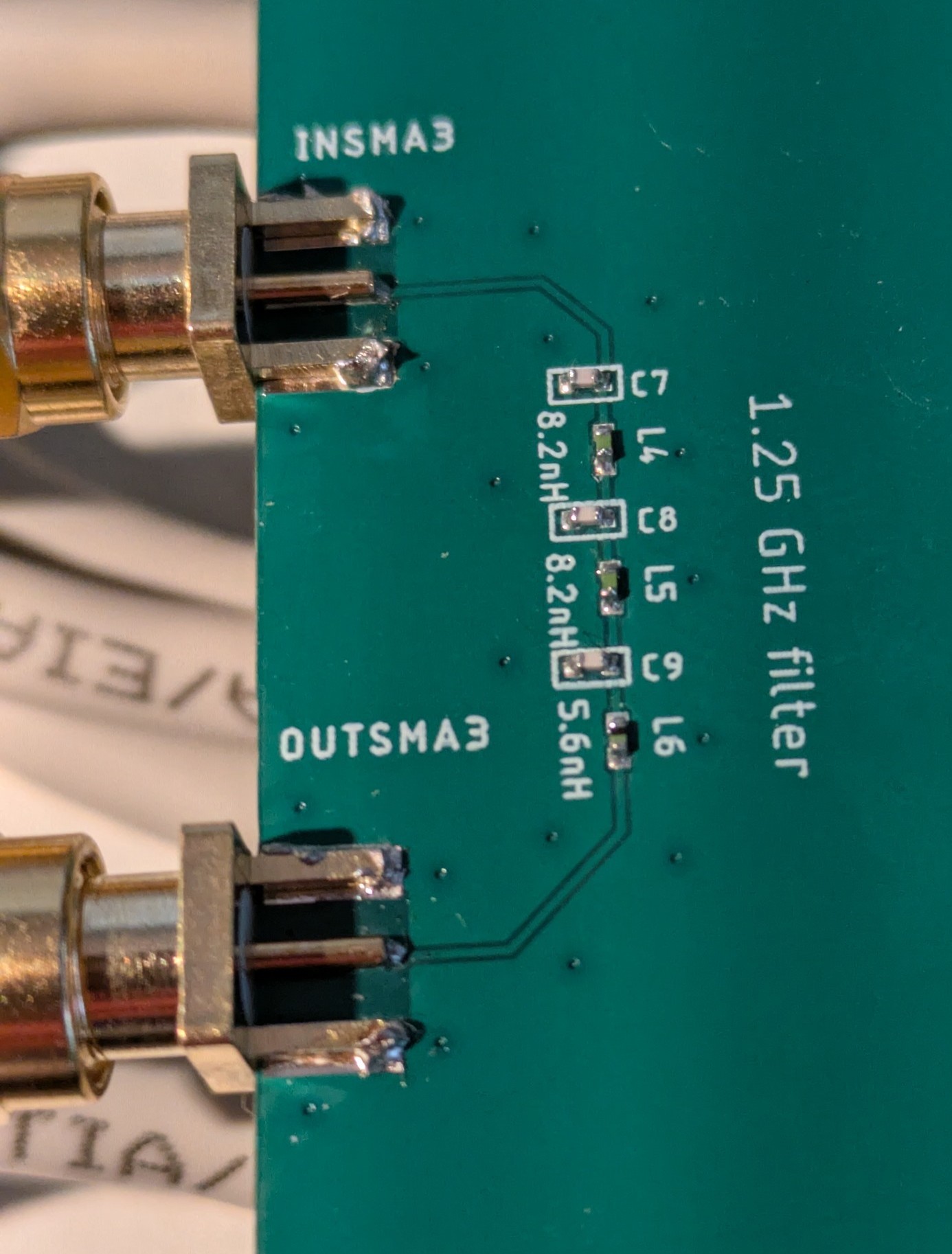
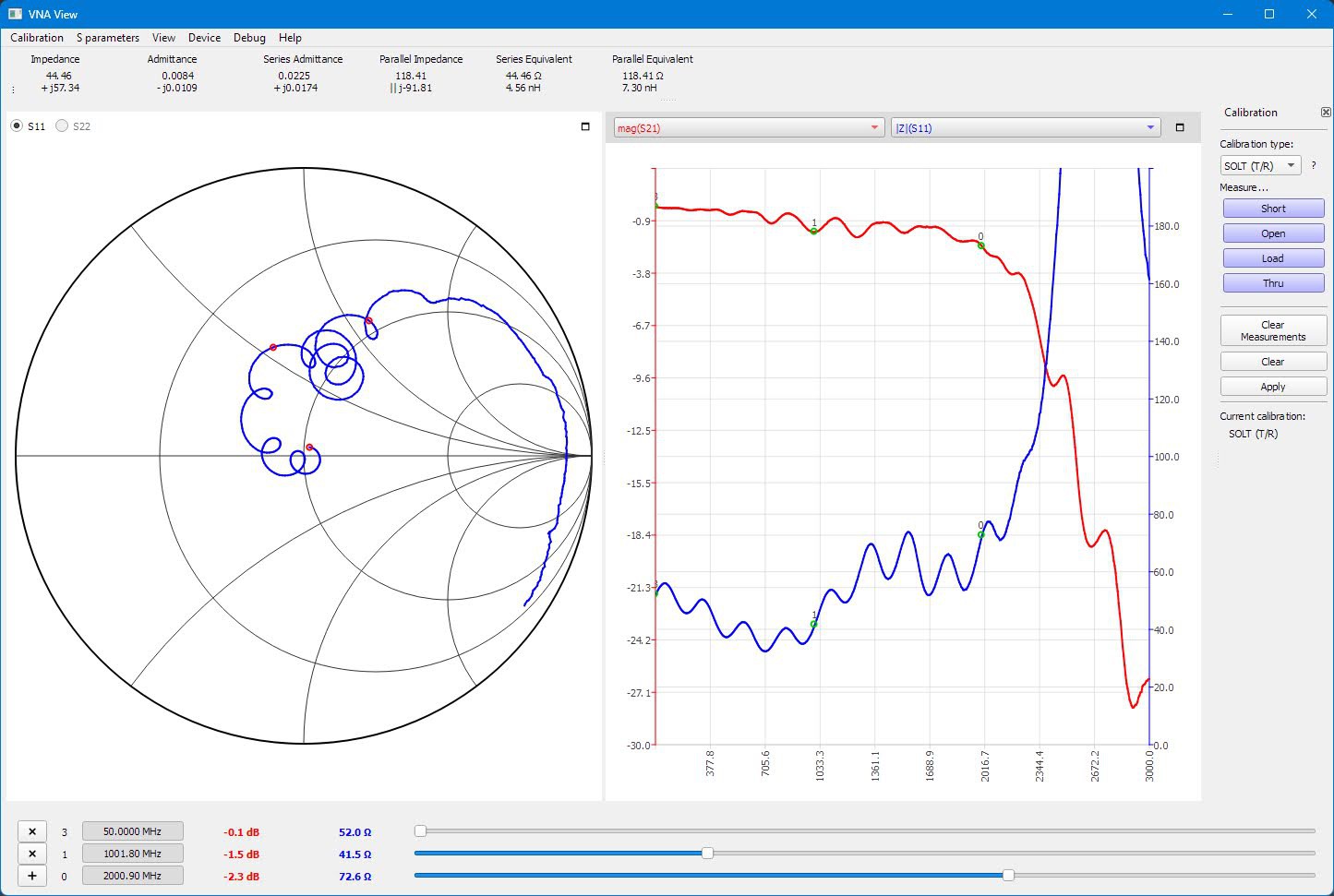
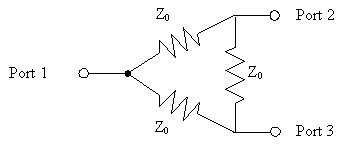
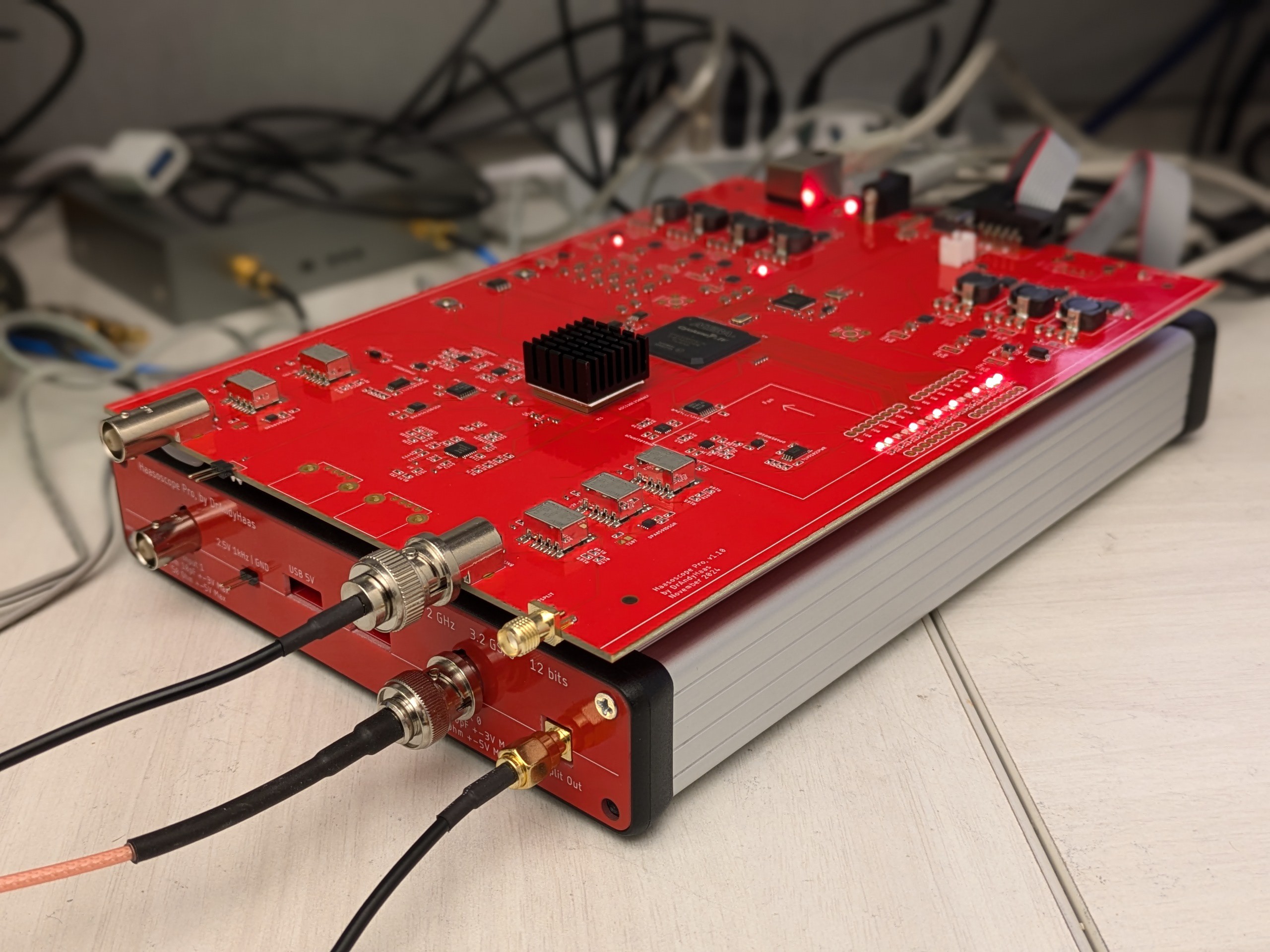
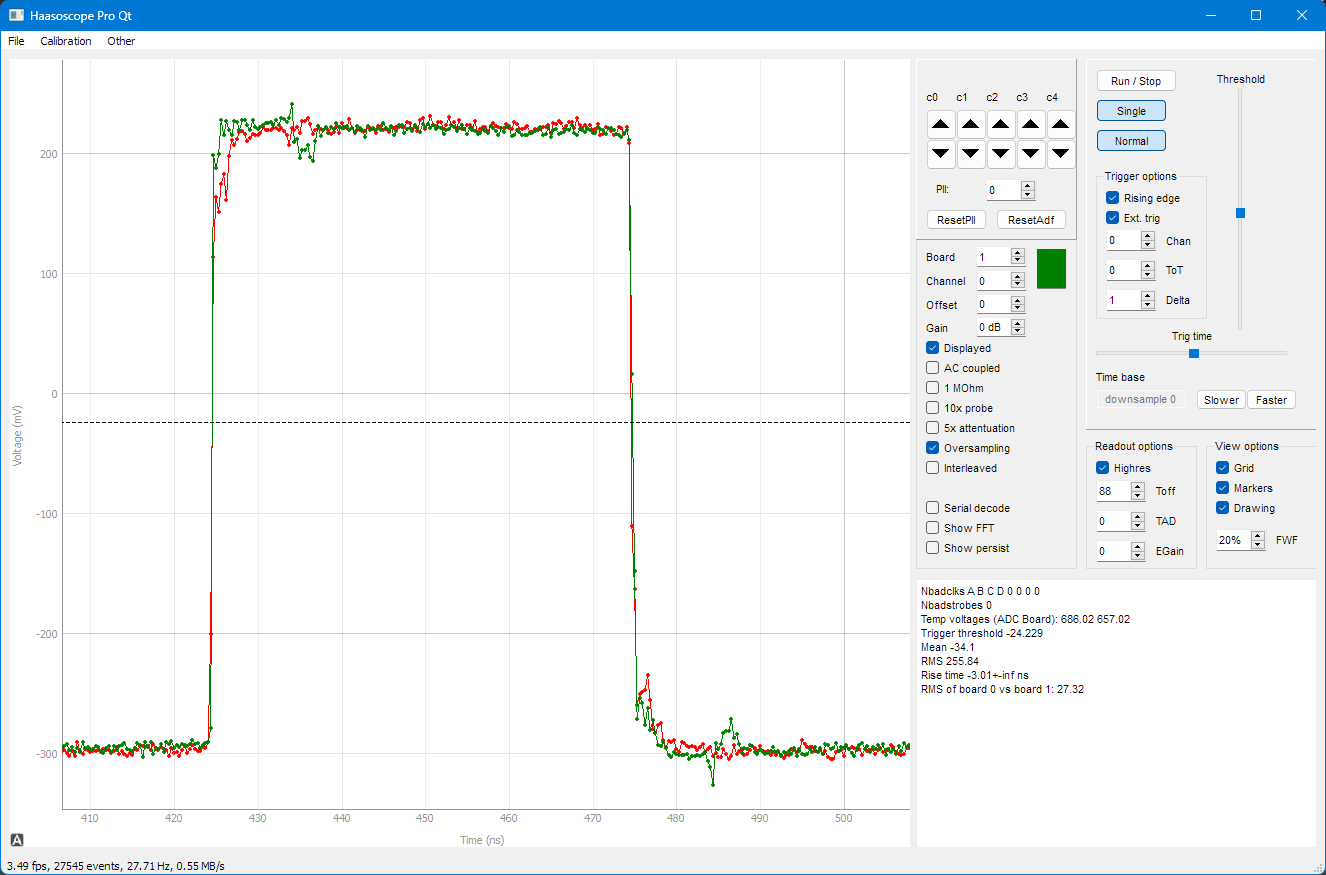
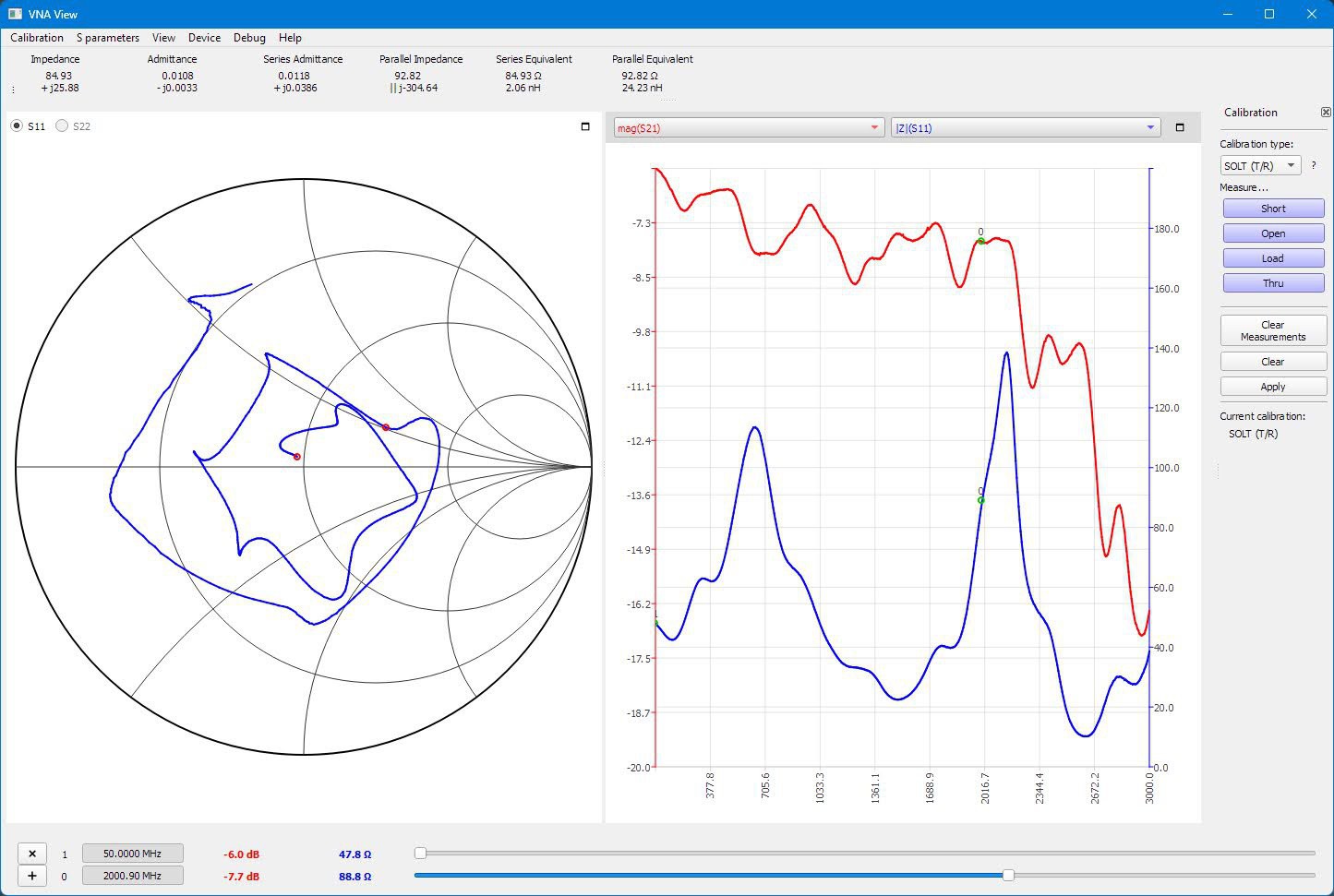
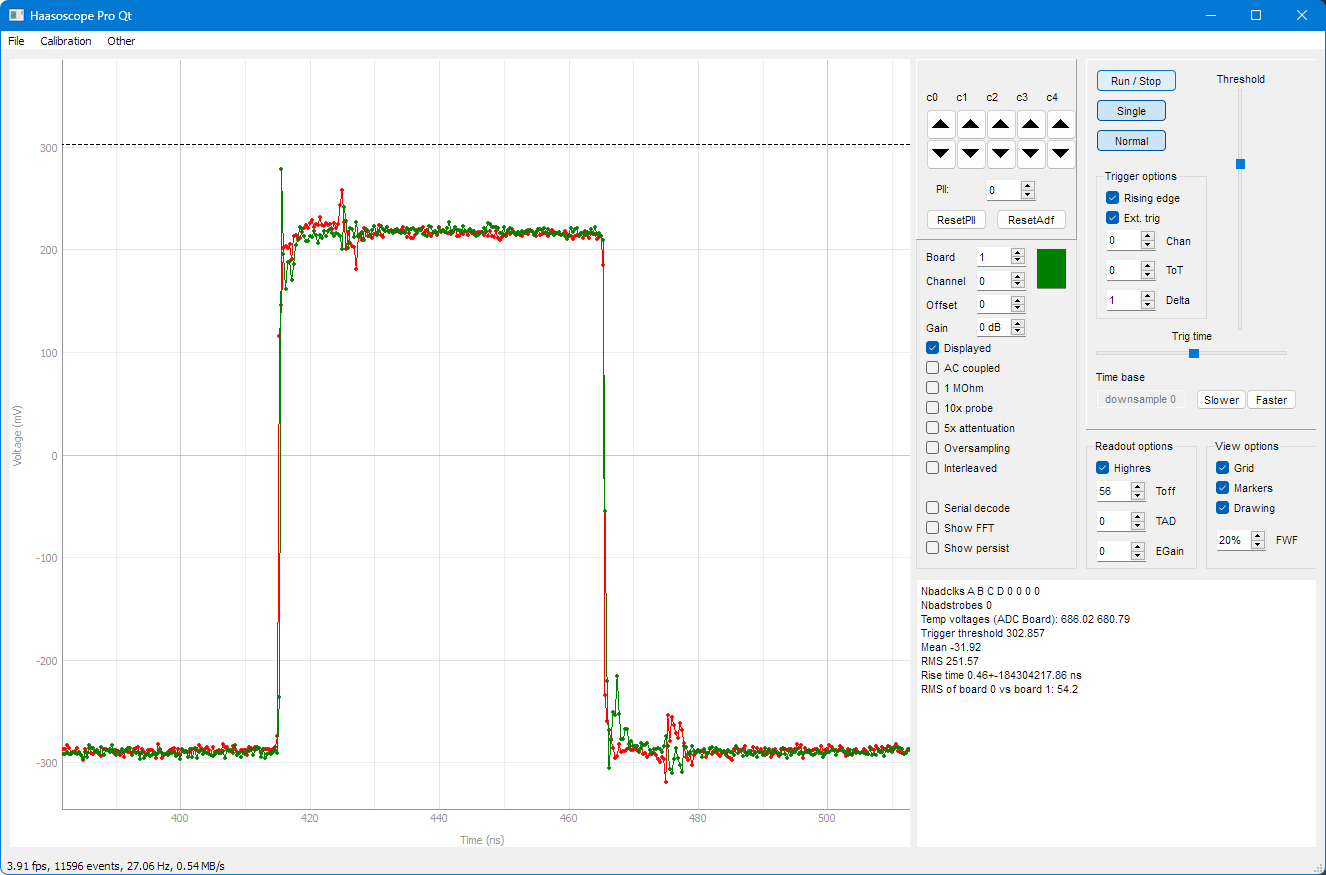
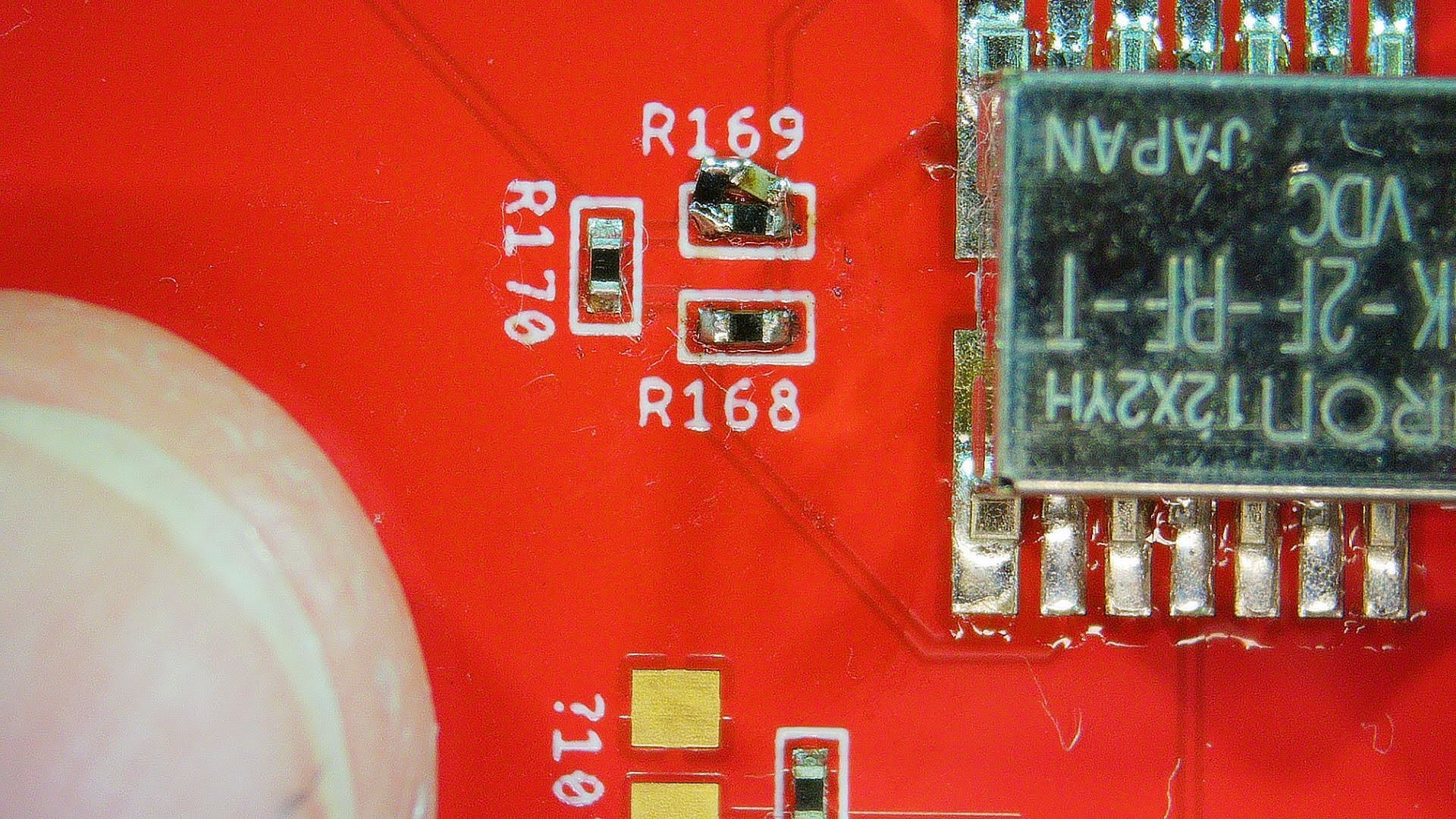
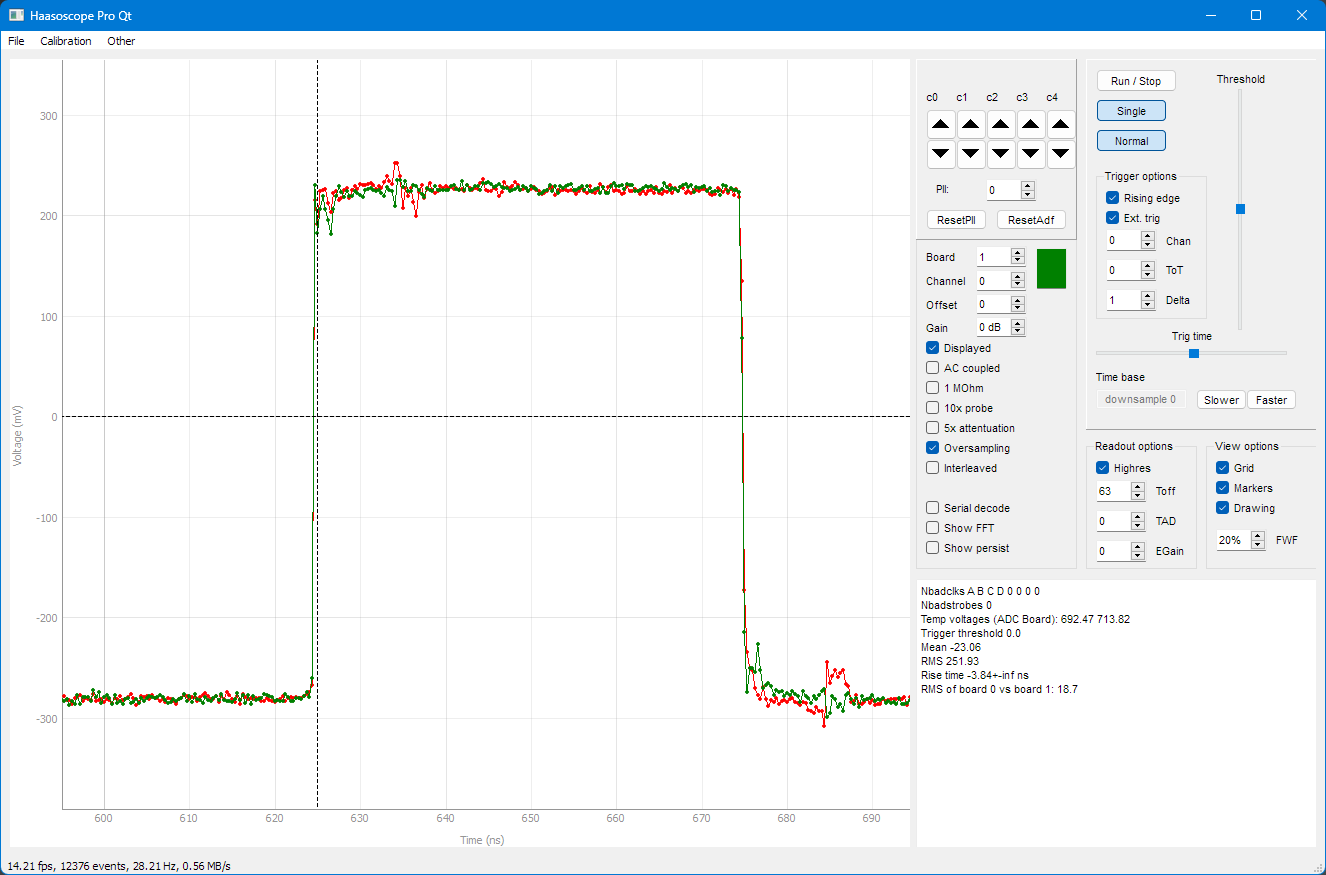
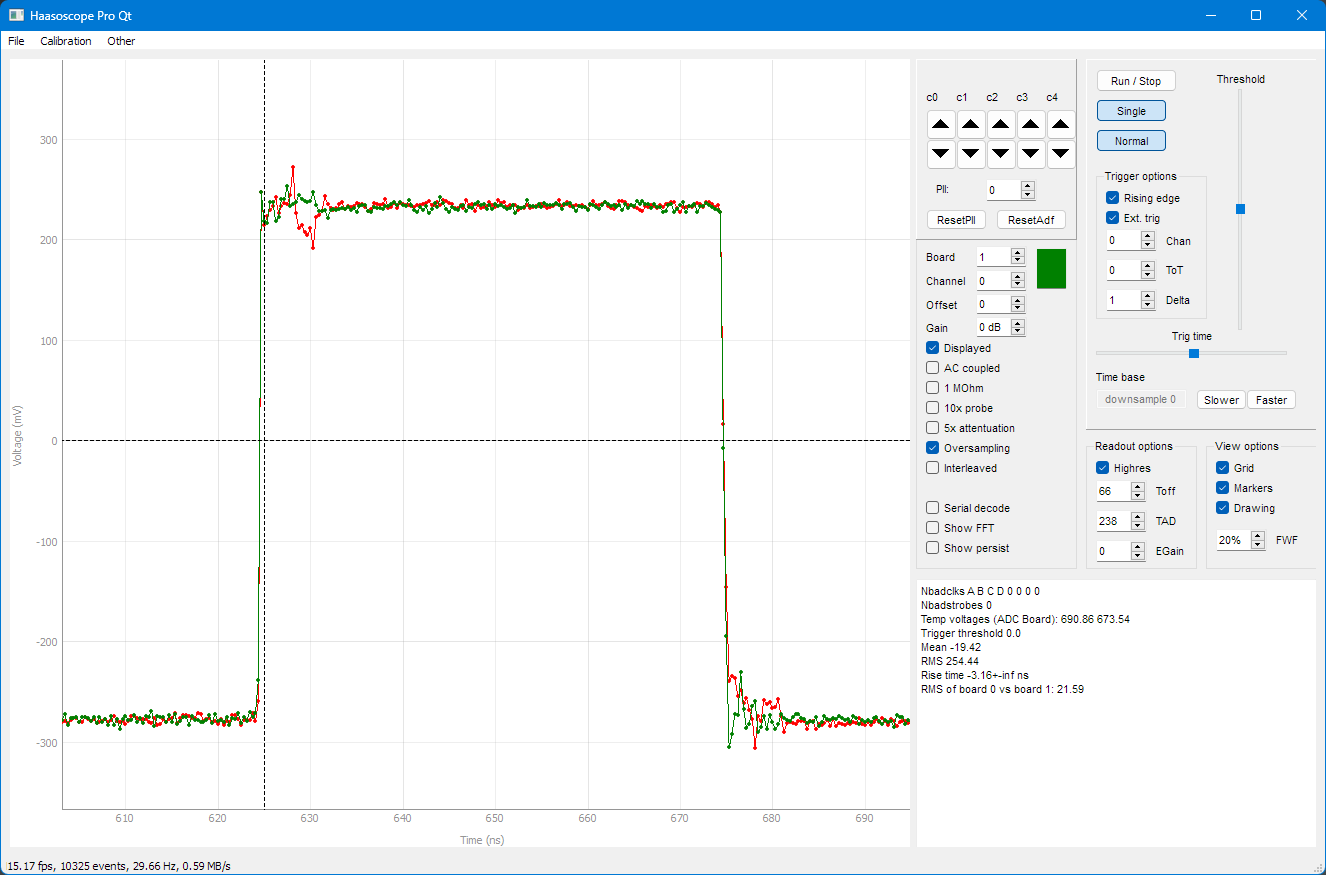
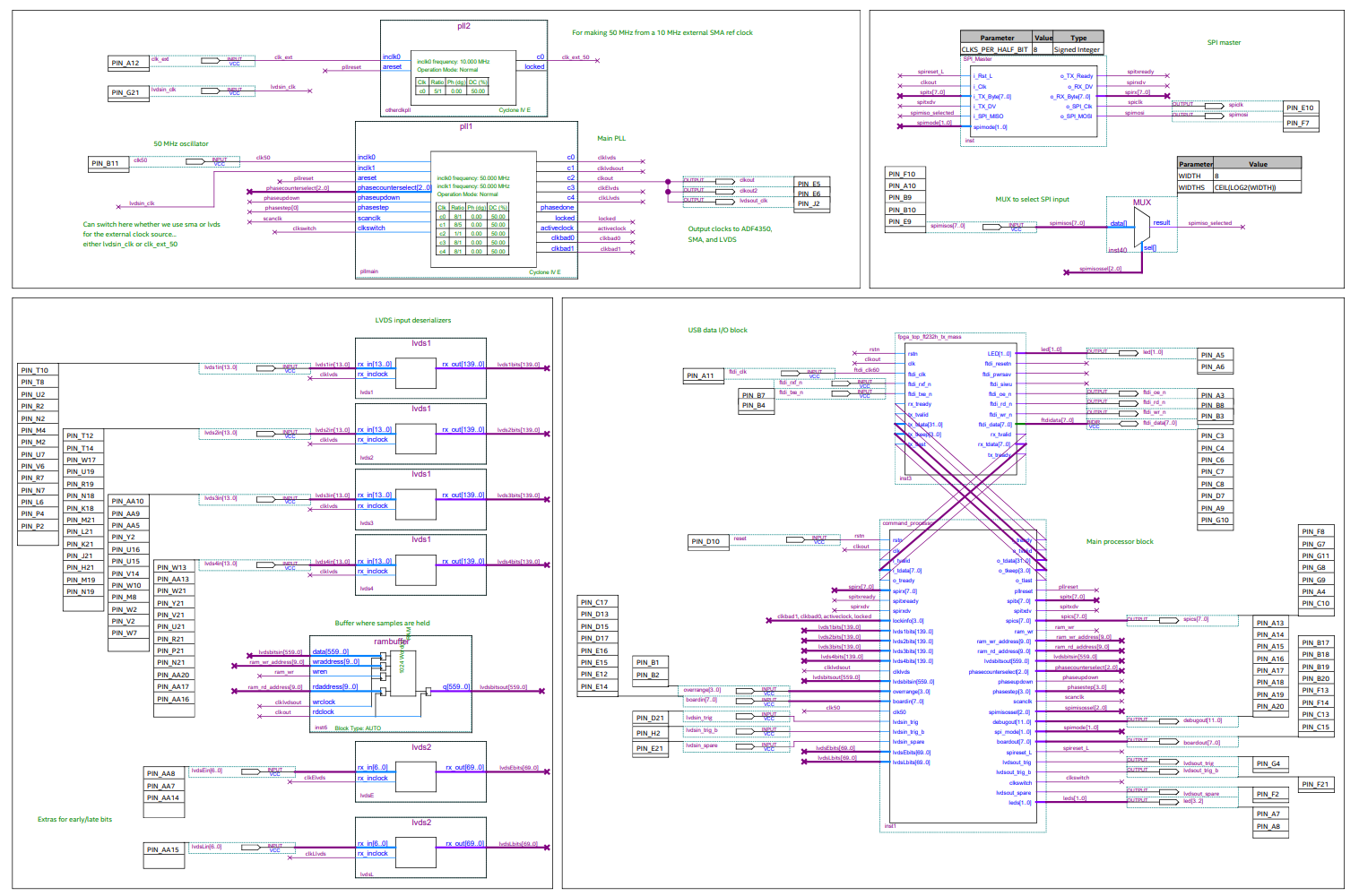
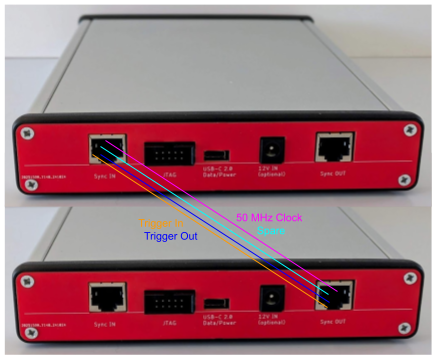
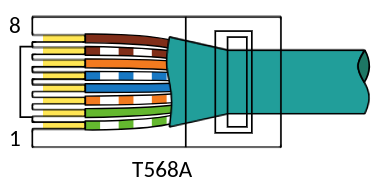
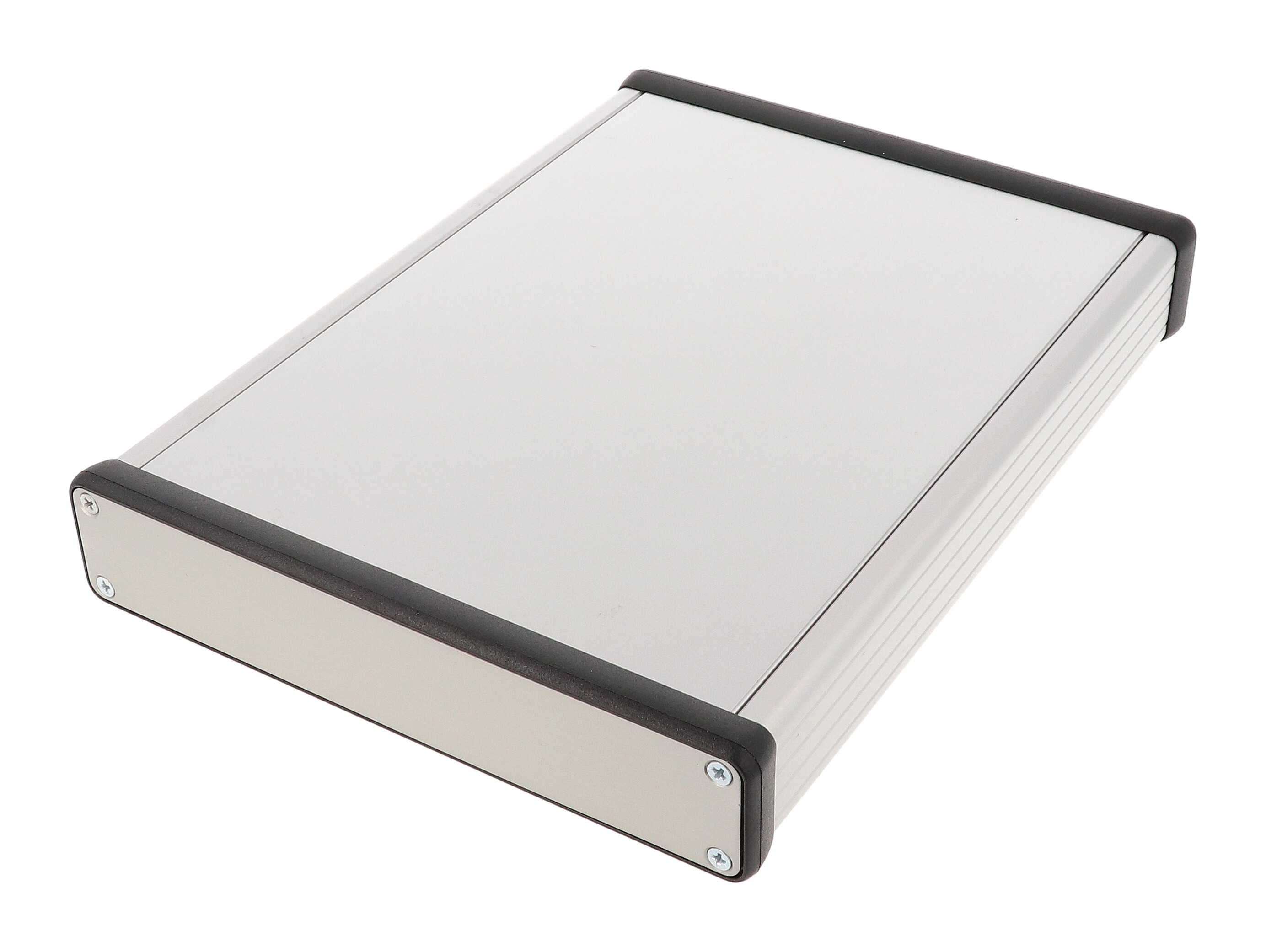



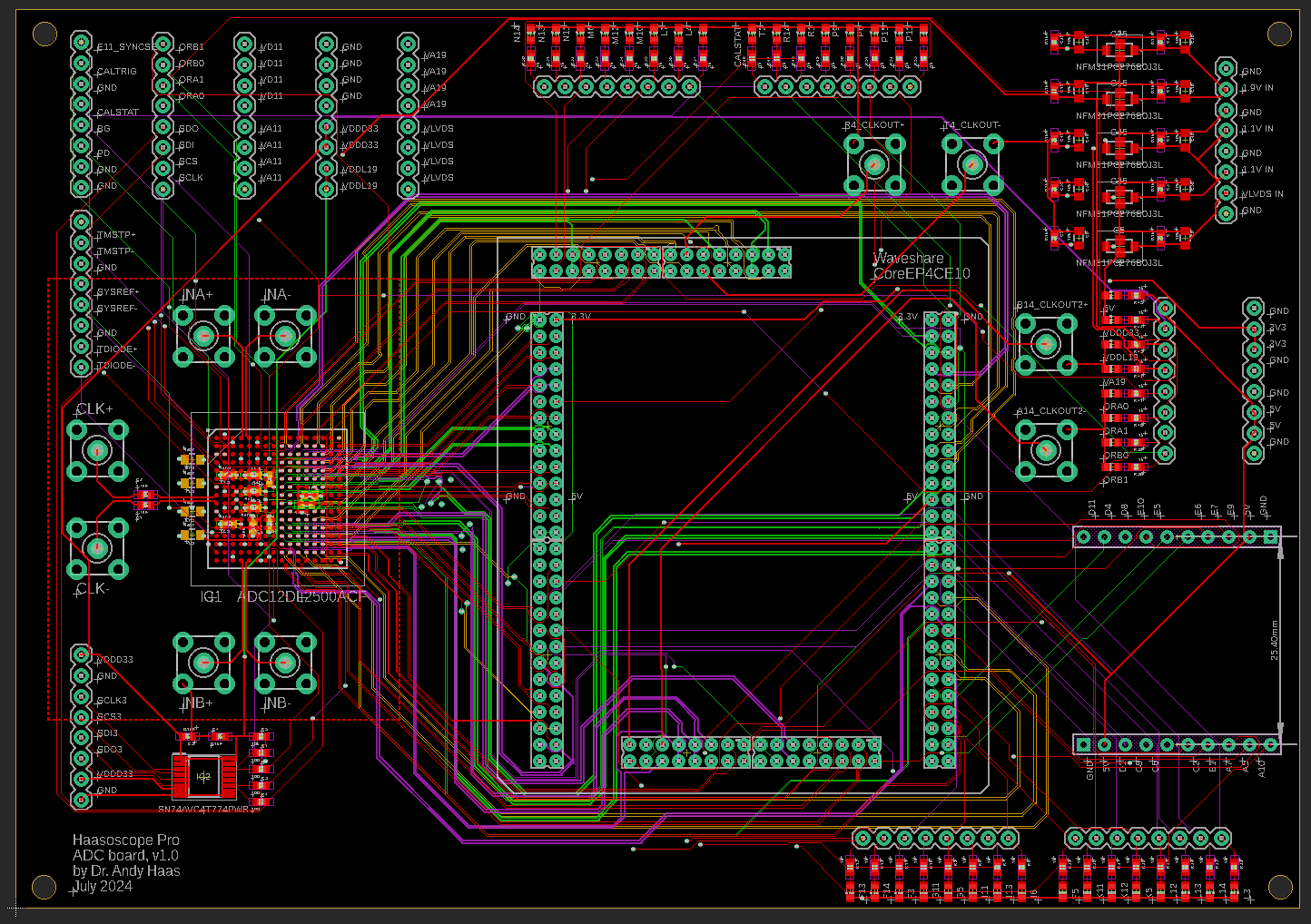
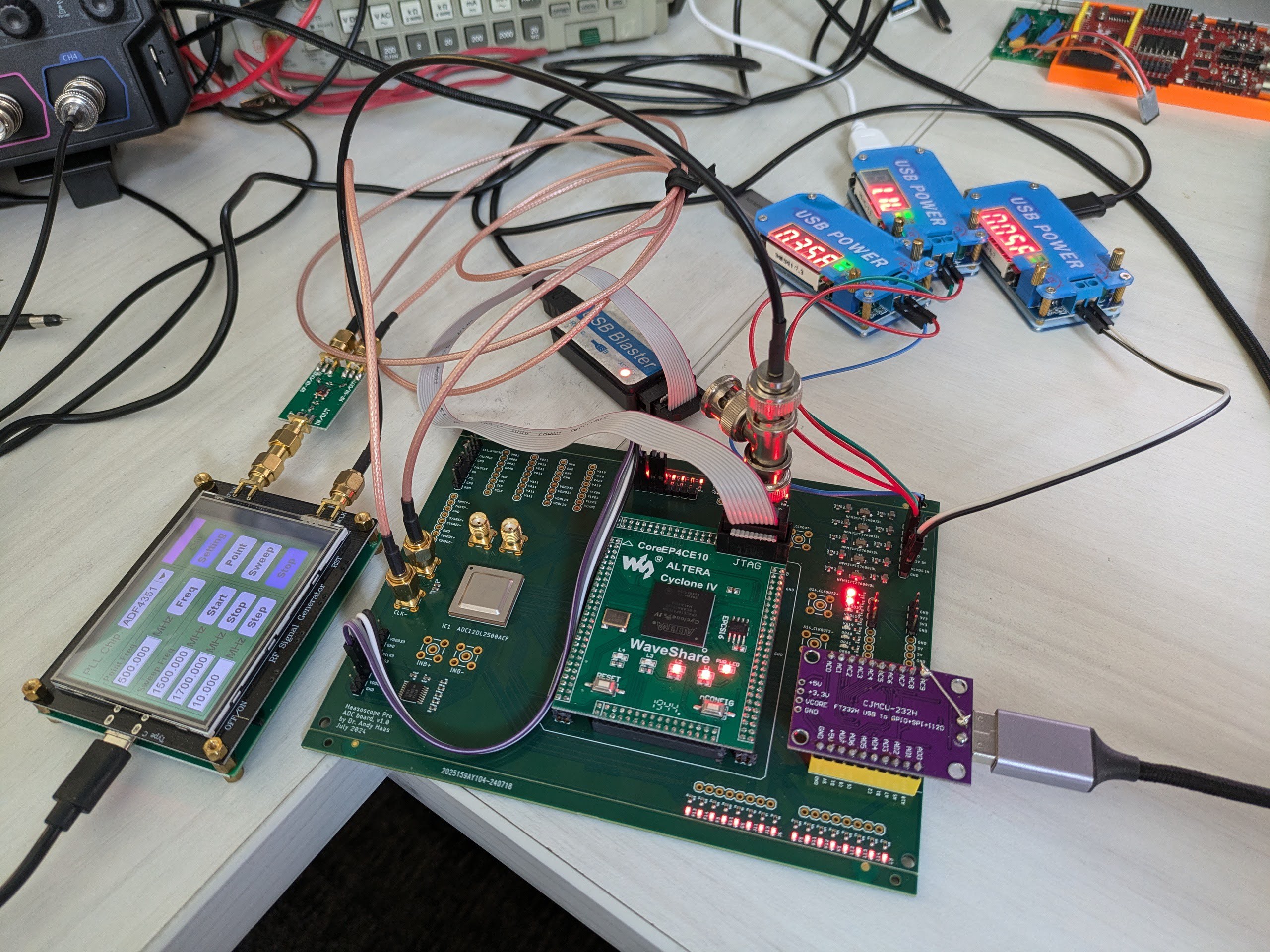

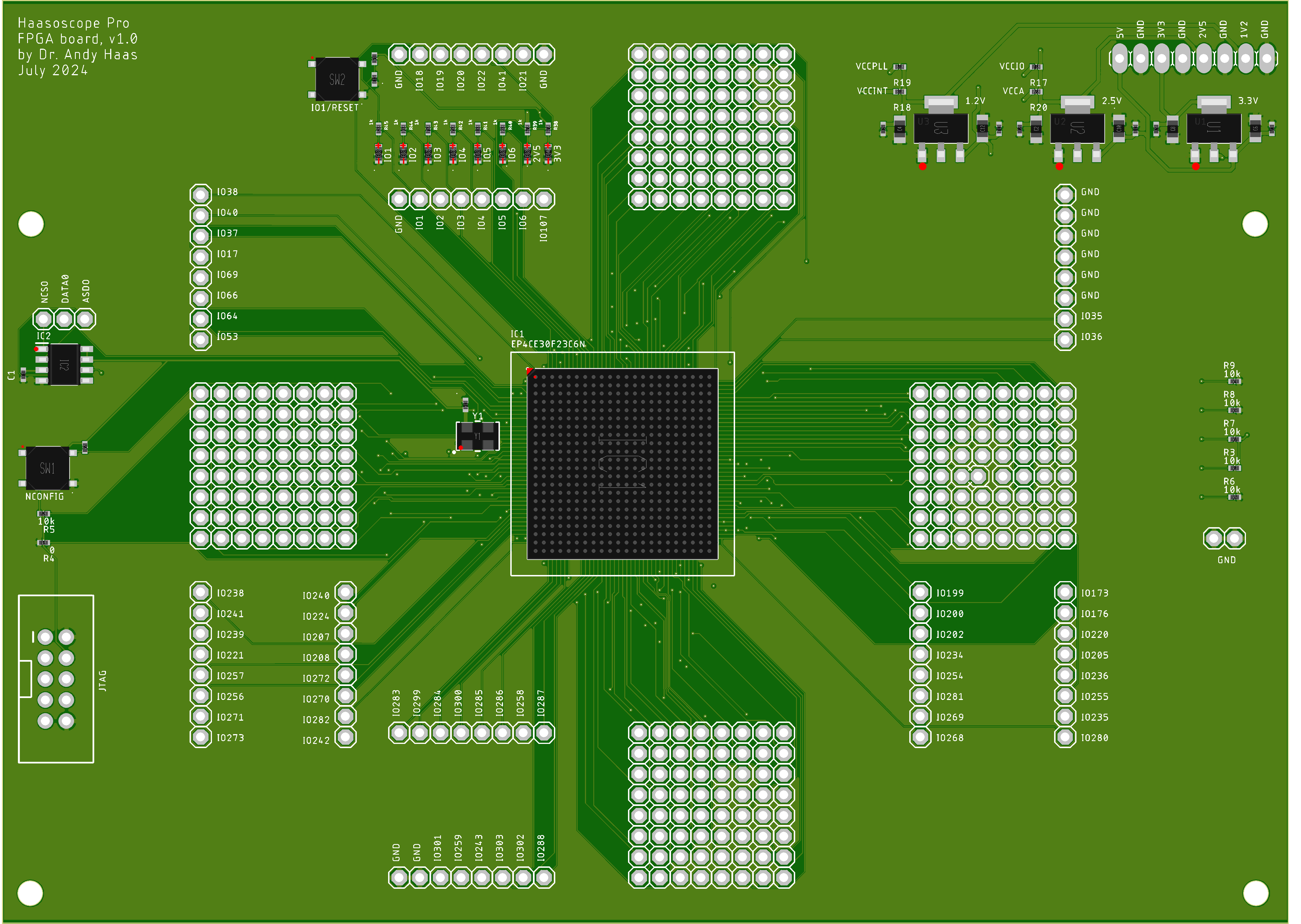




Catch the YouTube Livestream with CrowdSupply next week...
https://www.youtube.com/live/iFVRcHPmOKk?si=uV00BP1ANXJQ_4-S